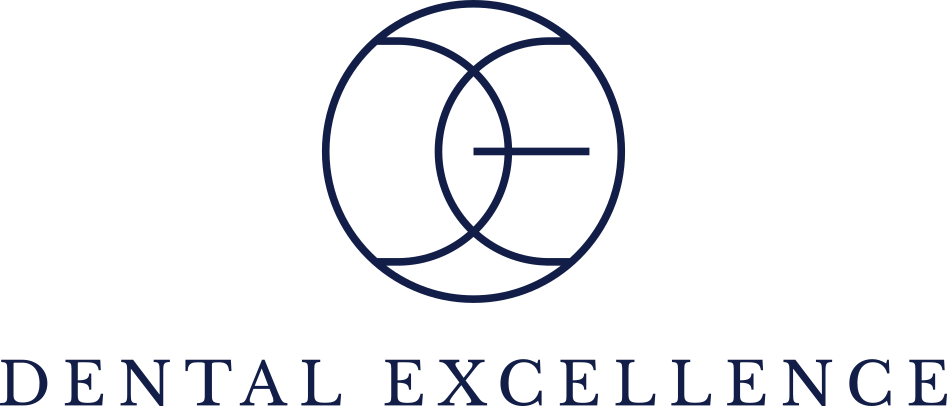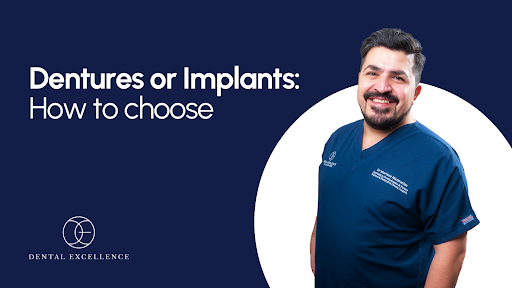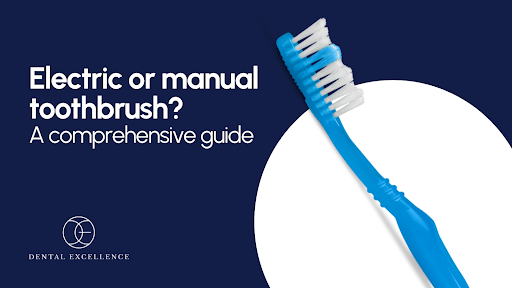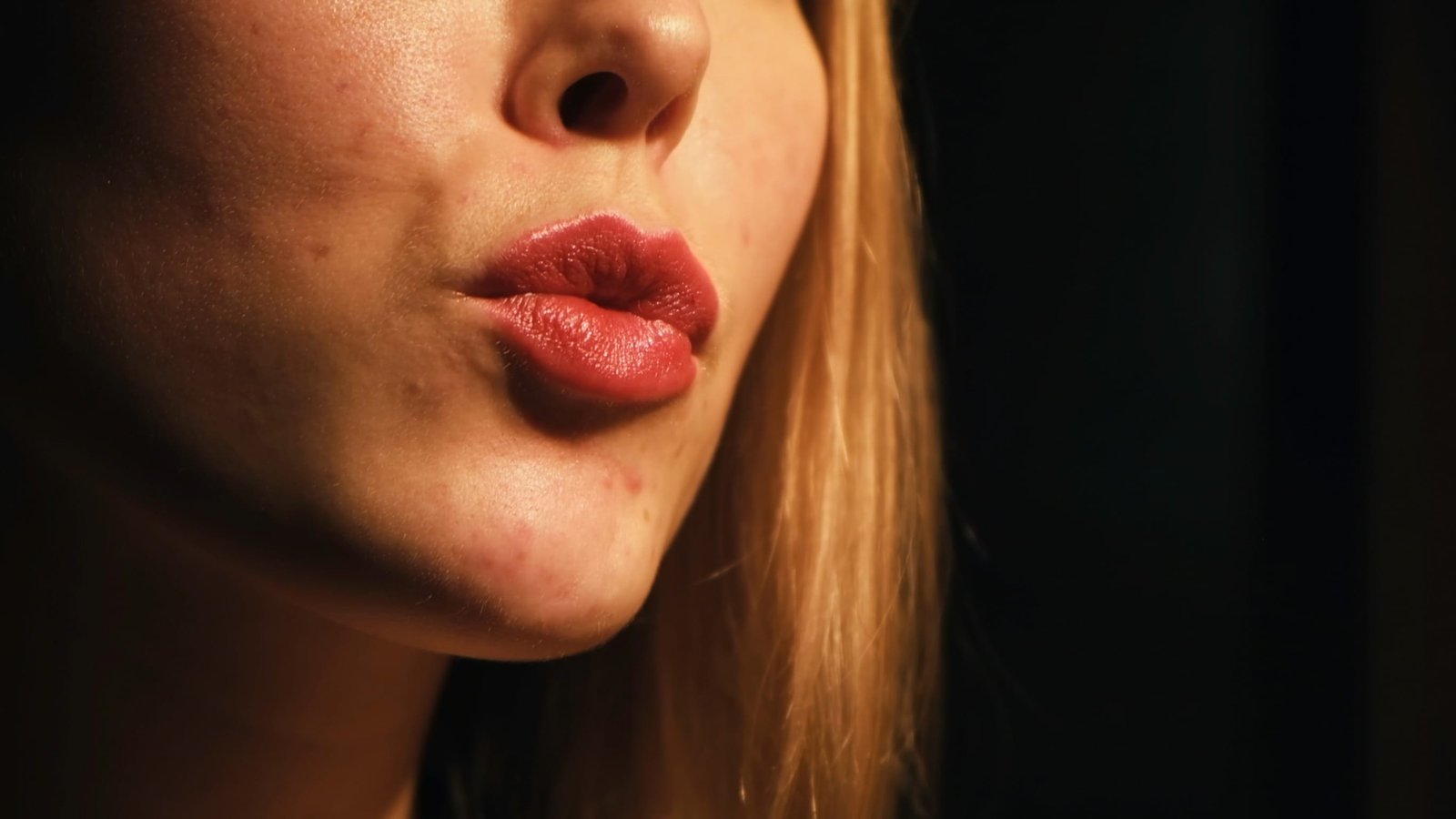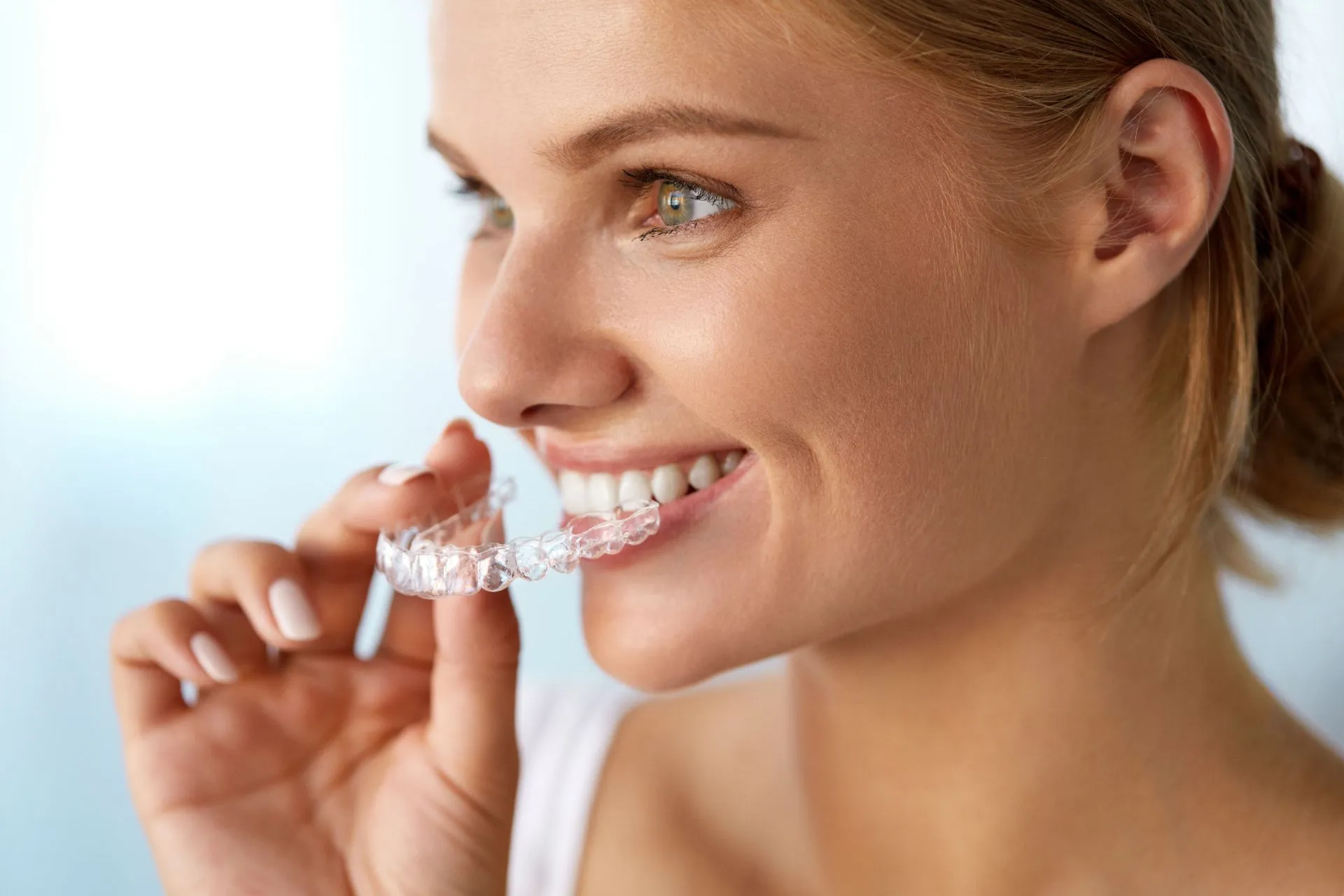Electric or manual toothbrush? Your doctor’s answer
Are you unsure whether to stick with a traditional manual toothbrush or switch to the modern electric alternative? From the history of brushing to the advantages and disadvantages of electric and manual options, we’ll provide you with the insights you need to make an informed choice for your oral health when it comes to choose between electric or manual toothbrush. Let’s dive in!
History of the Toothbrush
The toothbrush has a long and fascinating history. The earliest known toothbrushes date back to ancient civilizations. The Babylonians and Egyptians crafted toothbrushes from frayed twigs as far back as 3000 BC. In China, during the Tang Dynasty (619-907 AD), people used chew sticks made from aromatic tree twigs to freshen their breath and clean their teeth.
The modern toothbrush design originated in China in the late 1400s, using hog bristles attached to bamboo or bone handles. This design made its way to Europe by the 17th century. However, it wasn’t until 1938 that the first nylon-bristled toothbrush was invented by DuPont, revolutionising oral hygiene. Today, toothbrushes come in various forms, including manual and electric versions, each with unique features and benefits.
Electric or manual toothbrush: Types of Toothbrushes
Manual Toothbrushes: Manual toothbrushes are the traditional type that most people are familiar with. They come in various sizes, shapes, and bristle textures. They are easy to use, inexpensive, and effective when used correctly.
Electric Toothbrushes: Electric toothbrushes, also known as power toothbrushes, have gained popularity for their advanced features. They can oscillate, rotate, or use sonic technology to clean teeth more effectively. These toothbrushes are available in various models, each offering different modes and features to cater to individual needs.
Electric or manual toothbrush: is an Electric Toothbrush Better?
Considering upgrading to an electric toothbrush? Before you make the switch, let’s weigh up the pros and cons. In this section, we’ll explore the advantages and disadvantages of electric toothbrushes, helping you decide if they’re the right choice for your oral care routine.
Disadvantages of Electric Toothbrushes
Despite their advantages, electric toothbrushes have some drawbacks.
- Generally more expensive than manual toothbrushes
- Require charging or battery replacements
- Bulkier and less convenient for travel
- Some users may find the vibration or noise of electric toothbrushes uncomfortable.
Benefits of Electric Toothbrushes
Electric toothbrushes offer several benefits.
- Designed to make brushing easier and more efficient, especially for individuals with limited manual skills, such as children and the elderly.
- The automated brushing action can help remove more plaque and reduce gingivitis more effectively than manual brushing.
- Many electric toothbrushes also come with built-in timers to ensure that users brush for the recommended two minutes.
How to Clean Teeth with an Electric Toothbrush
Using an electric toothbrush is simple.
- Start by applying a pea-sized amount of toothpaste on the bristles.
- Hold the brush at a 45-degree angle to your gums and turn it on.
- Gently guide the brush head from tooth to tooth, allowing the brush to do the work without applying too much pressure.
- Spend about 30 seconds on each quadrant of your mouth, ensuring that you cover all surfaces of your teeth.
- After brushing, rinse the brush head thoroughly and store it in a clean, dry place.
Electric or manual toothbrush: is a Manual Brush a Good Choice?
Curious about sticking with the tried-and-tested manual toothbrush?
While electric toothbrushes have gained popularity in recent years, manual toothbrushes remain a staple in many households for good reason.
One of the primary advantages of a manual toothbrush is its simplicity. With no need for batteries or charging, you can use it anywhere, anytime, without worrying about power sources or technical issues. This makes manual toothbrushes an excellent option for travel, as they are lightweight, portable, and easy to replace.
Another key benefit is affordability. Manual toothbrushes are widely available and come in a range of prices, often much lower than their electric counterparts. This accessibility makes them a practical choice for individuals and families on a budget who are still looking to maintain good oral hygiene. Additionally, manual toothbrushes come in various designs, bristle types, and sizes, allowing you to choose one that best fits your comfort and needs, whether you have sensitive gums, braces, or specific dental concerns.
Manual toothbrushes also provide users with full control over the brushing technique. Since you determine the speed, pressure, and motion, you can adapt your brushing style to suit your specific oral care needs. This hands-on approach can be beneficial for individuals who prefer a personalized brushing experience, or for those who are already familiar with effective brushing techniques.

While manual toothbrushes offer several advantages, there are also a few limitations to consider. One of the most notable drawbacks is the potential for inconsistent brushing technique. Because you control the movements and pressure, there’s a chance that you may not brush for the recommended two minutes, or that you might apply too much or too little pressure. Applying too much pressure can lead to enamel erosion or gum irritation over time, while too little pressure may result in incomplete plaque removal.
Furthermore, manual toothbrushes may not be as effective as electric ones in reaching certain areas of the mouth, such as along the gumline or in between teeth. This can make it more challenging to remove all the plaque and bacteria that can accumulate, potentially increasing the risk of gum disease or cavities if proper technique isn’t used consistently.
An electric toothbrush may provide more consistent and easier results with less physical effort.
Is a manual toothbrush right for you?
Choosing a toothbrush ultimately comes down to your personal preferences, oral health needs, and lifestyle. If you’re comfortable with your current brushing technique and are committed to brushing twice a day for the recommended two minutes, a manual toothbrush can serve you well. They are cost-effective, widely available, and offer flexibility in terms of design and bristle type.
Electric toothbrushes are designed to provide consistent pressure and speed, often featuring built-in timers to ensure you’re brushing for the right amount of time. They may also be more effective at removing plaque and improving gum health for some users.
Whether you prefer a manual or electric toothbrush, our team can offer guidance on the best tools and techniques to help you maintain a healthy, radiant smile. During your routine check-ups, we can also assess your brushing effectiveness and provide tips on how to improve your oral hygiene habits for optimal results. Feel free to ask our team about the best toothbrush for you during your next visit!
What is the Recommended Texture of a Manual Toothbrush?
When selecting a manual toothbrush, the bristle texture is an essential consideration. Dentists typically recommend soft or medium bristled toothbrushes as they are gentle on the gums and enamel. Hard bristles can cause gum recession and enamel erosion if used with excessive force.
Hard or Soft Bristle Toothbrush?
Soft-bristle toothbrushes are suitable for most people. They effectively remove plaque without damaging the delicate tissues of the gums. However, some individuals may prefer medium-bristle brushes for a more robust cleaning experience. It is crucial to avoid hard-bristle toothbrushes unless specifically advised by a dentist, as they can cause significant wear on the teeth and gums over time.
Are Electric Toothbrushes Better Than Manual?
Both electric and manual toothbrushes can be effective when used correctly. The choice between the two often comes down to personal preference and specific dental needs. Electric toothbrushes offer advanced cleaning capabilities and convenience, making them an excellent choice for those looking to enhance their oral hygiene routine. Manual toothbrushes, on the other hand, are affordable, accessible, and easy to use, providing a reliable option for daily dental care.
Manual Brush vs Electric Toothbrush: Conclusion
Choosing the right toothbrush is essential for maintaining excellent oral health. Whether you prefer the simplicity of a manual toothbrush or the advanced features of an electric one, the key is to use it correctly and consistently.
At Dental Excellence in Chalfont St Giles, we are dedicated to helping you achieve optimal oral health. Schedule your first consultation with us today by calling +44 01494 876 128 or emailing contact@dentalexcellence.co.uk. Our team of dental professionals are here to guide you in making the best choices for your dental care.
